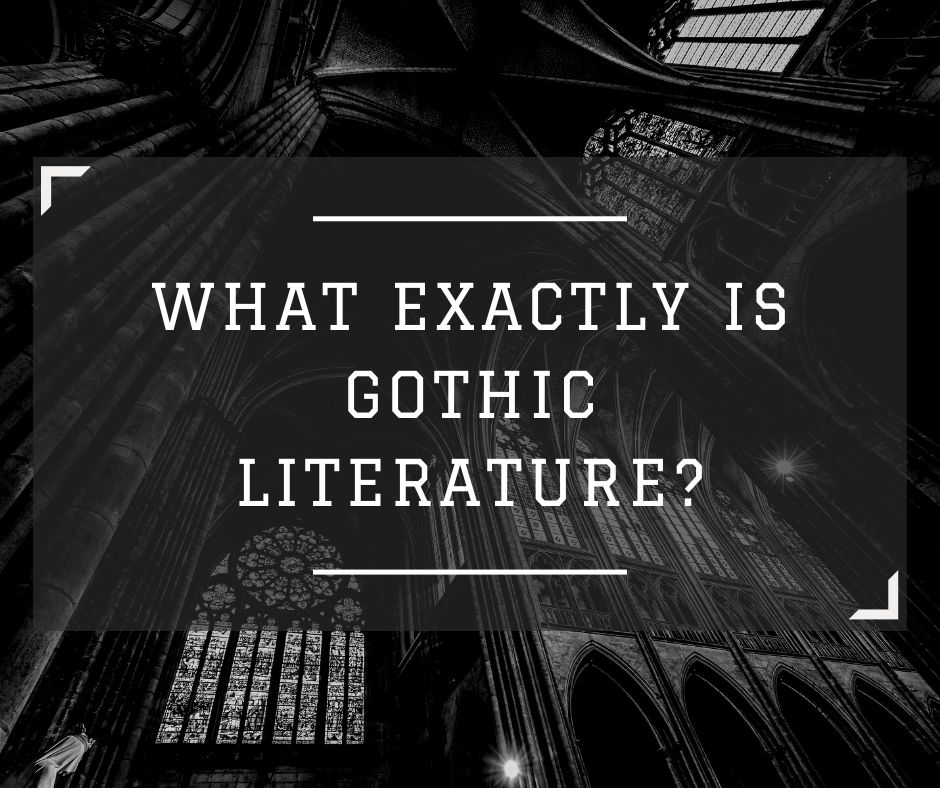Gothic literature, sometimes known as Gothic horror, is a literary subgenre that combines mystery, horror, and the supernatural. Castles, churches, ruins, and decaying manors from the Middle Ages serve as the eerie backdrops to many works of Gothic literature. The authors express the worn and battered state of the architecture by mixing fear and pleasure through ominous imagery and tense storytelling.
Death is commonly woven into romantic relationships in Gothic novels, creating suspense and evoking strong feelings in the reader. Subgenres of Gothic literature, such as the Southern Gothic, Gothic romance, Gothic ghost story, and modern Gothic, emerged when new authors added to the genre.
Some hallmarks of the Gothic genre include:
Gothic stories typically include ambiguous protagonists or even anti-heroes. To emphasize his or her status as a social outcast, the protagonist of such stories often displays stereotypical characteristics. The hero could, for instance, be afflicted with unbridled fury. In this way, the Gothic idea of the conflicted and ultimately tragic anti-hero has affected Western literature.
The damsel in distress
It is a classic Gothic trope, usually referring to a young, naive woman. A supernatural figure often kidnaps a woman and keeps her prisoner in a remote tower or castle. The anti-hero in a Gothic romance typically has a seductive and appealing demeanor along with a dark side, such as a violent temper, which leads the damsel in distress to fall in love with him.
For dramatic effect, gothic fiction often delves into existential topics as well. Matching the dark atmosphere, gothic authors investigate and question morality, reality, religion, and philosophy.
Emotional extremes
The concept of intense emotions is a dramatic device in Gothic fiction. Instinctive anguish manifests itself in a wide range of ways for characters. The death of a loved one or the discovery of a murder mystery is just two examples of the kinds of tragic and scary story aspects that might drive the protagonist into a tailspin or a furious catharsis.
An ominous location
It is essential to the Gothic novel because it adds an air of mystery and foreboding to the story. Medieval ruins, eerie dwellings, and abandoned monasteries are typical settings in Gothic literature. Fear and intrigue are evoked in the reader by hidden passages, trap doors, and enigmatic rooms in such foreboding settings.
Paranormal components
Ghosts, vampires, monsters, and demons are common in Gothic literature, and this incorporation of the supernatural is another characteristic of the genre. Ghosts, monsters, and other supernatural occurrences are all tools used by gothic authors to investigate the supernatural, incorporate horror into the plot, and create an atmosphere of suspense and dread.
While the popularity of Gothic novels skyrocketed in the late eighteenth century, they reached their zenith during the Victorian era. Gothic books have always been influential, and they continue to be so today, especially in the fields of suspense and horror.




